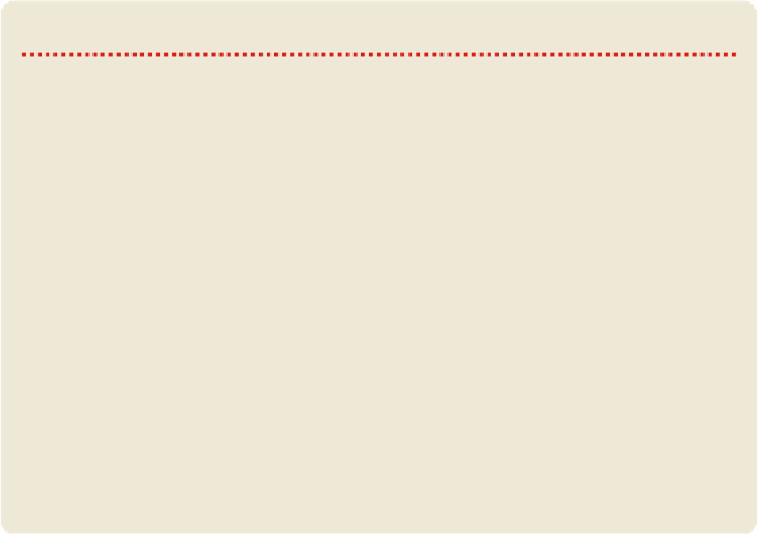Travel Reference
In-Depth Information
BERNINI VS BORROMINI
Born within a year of each other, the two giants of Roman baroque hated each other with a vengeance. Gian
Lorenzo Bernini (1598-1680), suave, self-confident and politically adept, was the polar opposite of his great rival
Francesco Borromini (1599-1677), a solitary and peculiar man who often argued with clients. His passion for ar-
chitecture was a matter of life and death: once he caught a man disfiguring some pieces of stone while he was
working on rebuilding San Giovanni in Laterano and had him beaten so fiercely that he later died of his injuries
(Borromini received a papal pardon).
Their paths first crossed at St Peter's Basilica. Borromini, who had been working as an assistant to Carlo
Maderno, a distant relative and the basilica's lead architect, was furious when Bernini was appointed to take over
the project on Maderno's death. Nevertheless, he stayed on as Bernini's chief assistant and actually contributed to
the design of the baldachin - a work for which Bernini took full public credit. To make matters worse, Bernini
was later appointed chief architect on Palazzo Barberini, again in the wake of Maderno, and again to Borromini's
disgust.
Over the course of the next 45 years, the two geniuses competed for commissions and public acclaim. Bernini
flourished under the Barberini pope Urban VIII (r 1623-44) and Borromini under his Pamphilj successor Inno-
cent X (r 1644-1655), but all the while their loathing simmered. Borromini accused Bernini of profiting from his
(Borromini's) talents while Bernini claimed that Borromini 'had been sent to destroy architecture'. Certainly, both
had very different views on architecture: for Bernini it was all about portraying an experience to elicit an emo-
tional response, while Borromini favoured a more geometrical approach, manipulating classical forms to create
dynamic, vibrant spaces.
Of the two, Bernini is generally reckoned to have had the better of the rivalry. His genius was rarely questioned
and when he died he was widely regarded as one of Europe's greatest artists. Borromini, in contrast, struggled to
win popular and critical support and after a life of depression committed suicide in 1677.
CHIESA DELLA TRINITÀ DEI MONTI
(Piazza Trinità dei Monti; 6am-8pm Tue-Sun; Spagna)
Looming over the Spanish Steps, this
landmark church was commissioned by King Louis XII of France and consecrated in
1585. Apart from the great views from outside, it boasts some wonderful frescoes by
Daniele da Volterra. His
Deposizione
(Deposition), in the second chapel on the left, is re-
garded as a masterpiece of mannerist painting.
If you don't fancy climbing the steep steps, there's a lift up from Spagna metro station.
CHURCH
MUSEO MISSIONARIO DI PROPAGANDA FIDE
( 06 6988 0266; Via di Propaganda 1; admission €8; 2.30-6pm Mon, Wed & Fri; Spagna)
Rome's
'propogation of the faith' museum is housed in a 17th-century baroque masterpiece de-
signed by Gian Lorenzo Bernini and Francesco Borromini, and is an opportunity to peer
into Bernini's wooden, Hogwarts-reminiscent library, with its ceiling carved with Barber-
MUSEUM





